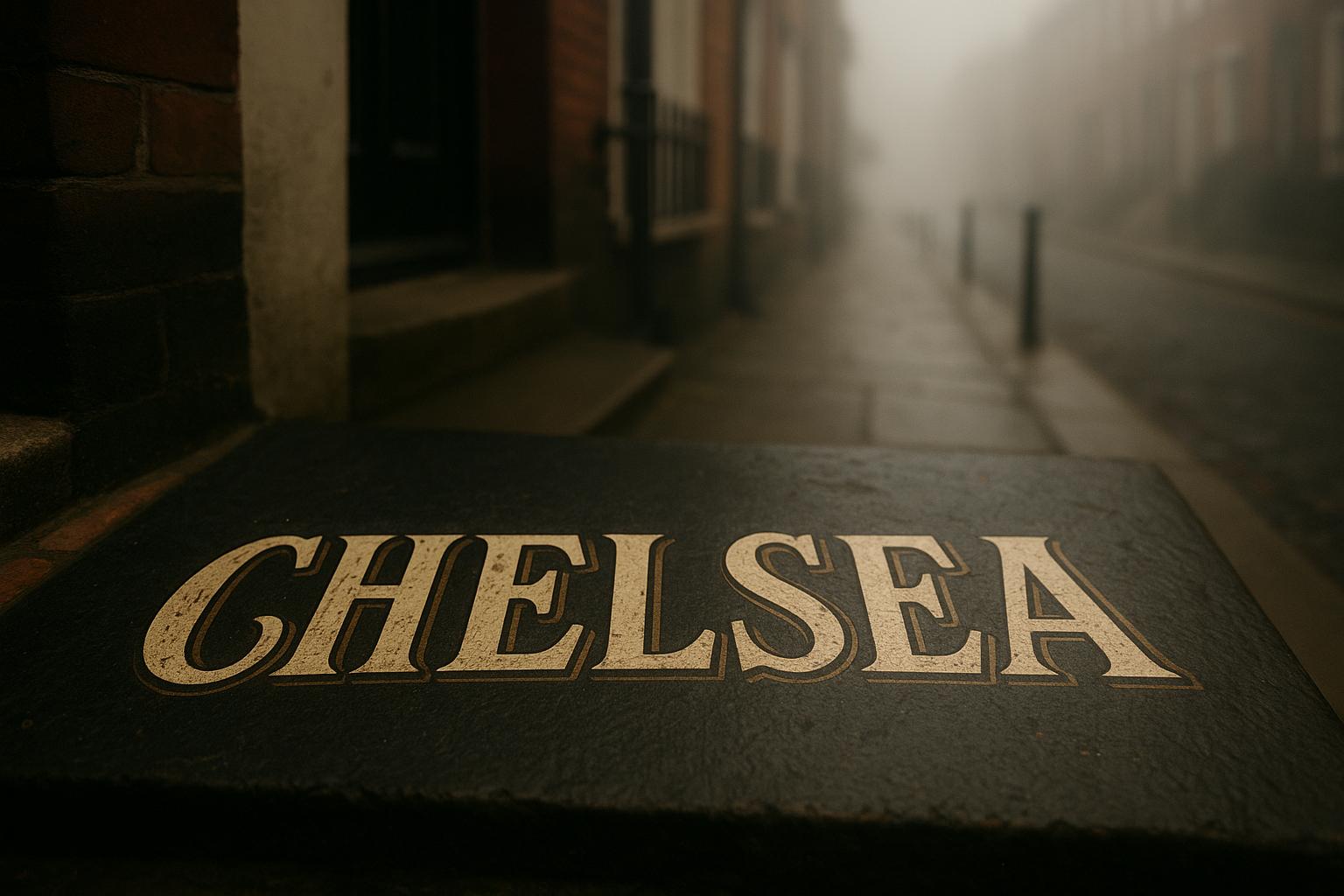As Chelsea prepares to host the highly anticipated Chelsea Arts Festival later this month, attention is drawn not only to the vibrant contemporary cultural scene but also to the area's deep-rooted artistic heritage. This corner of London has long been a magnet for creatives—artists, writers, actors, and musicians—whose legacies continue to enrich Chelsea’s character today. For those inspired to live amidst such illustrious cultural surroundings, several prime properties currently on the market offer a unique connection to this storied past.
One of the standout properties is the Grade II listed townhouse at 24 Cadogan Square. Meticulously restored to its original grandeur, this home sits in a square historically favoured by creatives across disciplines, including novelist Arnold Bennett and actor Christopher Lee. Notably, the adjacent 82 Cadogan Square was once owned by John Barry, the celebrated composer behind the iconic James Bond scores. This very house was famously used as the exterior of M’s residence in the 2012 film Skyfall, underscoring Chelsea’s enduring role in creative storytelling.
Mallord Street, another historically significant address, offers a splendid example of Edwardian elegance with a property built in 1911 by Ralph Knott for watercolourist Cecil Arthur Hunt. The street pays homage to the great English Romantic painter Joseph Mallord William Turner and has attracted a rich mix of artistic luminaries over the years. Among them is A. A. Milne, the beloved author of Winnie-the-Pooh, whose presence speaks to the intellectual and creative milieu that continues to define the street.
Avenue Studios carries its own distinguished heritage as a former artist’s studio located in a quiet avenue with an extraordinary lineage. Originally the site of Henry VIII’s stables, it was transformed mid-19th century into a creative hub by Baron Carlo Marochetti, Queen Victoria’s favourite sculptor. Marochetti shared the space with Sir Edwin Landseer, collaborating on the casting of the lions that stand guard at Nelson’s Column. Later, the studios attracted other renowned artists like Sir Alfred Gilbert, creator of the famous Eros statue, and hosted royal visitors including John Singer Sargent and Queen Victoria herself. Intriguingly, one of the cellars was reportedly used by Suffragettes for a secret press, adding a layer of historical activism to its artistic legacy.
Radnor Walk is yet another address woven with cultural significance. This four-bedroom townhouse is set on a street celebrated for its sculptors and designers such as William Leslie Bowles and John Frances Kavanagh, alongside interior decorator Lady Henrietta Spencer-Churchill. The presence of such figures highlights Chelsea’s status as an enduring centre for design innovation and artistic excellence.
Perhaps the most grandiose is 15 Cheyne Walk, a Grade II* listed property completed in 1717. Thoughtfully restored with the guidance of English Heritage, it incorporates remnants of Henry VIII’s Manor garden wall. Its historical roster of residents includes famed engraver Henry Thomas Ryall and landscape painter Cecil Gordon Lawson. The street itself has been home to an extraordinary roster of cultural and political icons, spanning writers like George Eliot and Henry James, political leaders including David Lloyd George and Sylvia Pankhurst, and even rock legends Keith Richards and Mick Jagger. This diversity encapsulates Chelsea’s rich tapestry of creativity and influence across generations.
For those inspired to explore Chelsea’s vibrant cultural scene firsthand, the Chelsea Arts Festival promises an array of engaging events from 18 to 21 September 2025. Tickets for activities at venues such as Cadogan Hall, the Saatchi Gallery, and The Royal Court Theatre are available, offering a perfect opportunity to immerse oneself in the area’s ongoing artistic dialogue.
Chelsea’s properties, steeped in history and cultural resonance, offer a rare chance to live within a community where creative legacies have shaped both local identity and wider cultural landscapes. Whether it’s a townhouse once home to a literary giant, a studio where master sculptors forged national monuments, or a street that nurtured seminal writers and musicians, these homes are as much about heritage as they are a place to live and inspire new generations of artists.
📌 Reference Map:
- Paragraph 1 – [1], [7]
- Paragraph 2 – [1], [2]
- Paragraph 3 – [1], [3]
- Paragraph 4 – [1], [4]
- Paragraph 5 – [1], [5]
- Paragraph 6 – [1], [6]
- Paragraph 7 – [1], [7]
- Paragraph 8 – [1]
Source: Noah Wire Services
